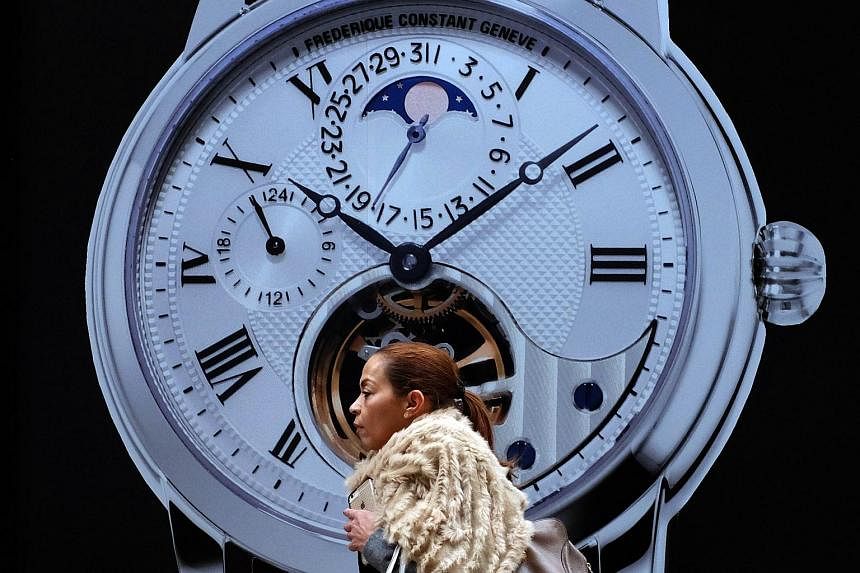This story, first published on June 30, 2015, was updated on July 1, 2015.
SINGAPORE - Everyone on planet Earth got one extra second this morning. It's called a leap second, and it is added to global standard time every few years to ensure our clocks line up with the Earth's rotation.
The same principle is applied to leap years, which have an additional day so that the calendar sychronises with the Earth's revolution around the Sun.
Just reading that could have taken you a second, and many of us would be blissfully unaware of the event.
But for computer systems with processes that can take milliseconds, it can throw them off if the second is not accounted for. Fortunately, fears that tiny blip could lead to major glitches for electronic systems worldwide did not come true.
The last time a leap second was added in 2012, Reddit, Mozilla, Foursquare and Qantas Airways' website, among others, reported crashes.
This year's leap second will be the first during trading hours since markets went electronic, according to Bloomberg.
With US$4.6 million worth of stocks traded every second around the world, stock exchanges have taken precautions way ahead of time.
Here's more about the momentous moment:
1. Time differences
Atomic time is based on atomic clocks which are so precise, they are accurate to one second in 1,400,000 years.
Astronomical time, also known as Universal Time, measures the Earth's rotation around its own axis.
The time most of us use is Coordinated Universal Time (UTC), which is based on atomic time, but adjusted to approximate astronomical time.
2. Around the world in 86,400.002 seconds
According to the too-accurate atomic clocks, a day lasts 86,400 seconds, but in reality, the Earth is gradually slowing down, and now, each day lasts about 86,400.002 seconds.
After some years, these nanoseconds add up to a full second, and the leap second is added to astronomical time account for the difference.
3. Thirty-six seconds too late
Atomic time started around the 1950s, and leap seconds were first implemented in 1972. At the time, atomic time was already 10 seconds ahead of astronomical time, so they were added all at the same time.
Another 25 seconds have been added since, and after 8am on Wednesday, atomic clocks will be 36 seconds ahead.
Unlike leap years, this adjustment is not predictable and requires continuous monitoring of the Earth's rotation.
4. How does it happen?
On 30 June (July 1 Singapore time), UTC will move from 23:59:59 to 23:59:60, and then to 00:00:00 on July 1. In practice, many systems are turned off for one second to compensate.
5. Market jitters
The extra second is coming when markets in Asia are opening, and amid a critical week for global investors, with Greece's debt crisis worsening.
US stock markets are ending some after-hours trading early and others from Sydney to Tokyo are recalibrating their clocks ahead of time.
About 10 per cent of large-scale computer networks will encounter hiccups due to the leap second, said the US Naval Observatory.
Sources: Bloomberg, International Telecommunication Union, Nasa, National Geographic

